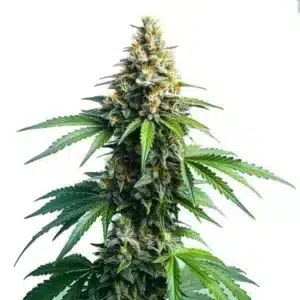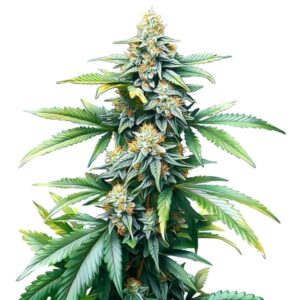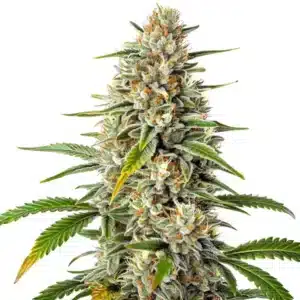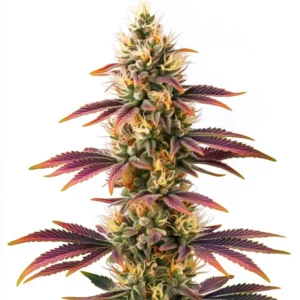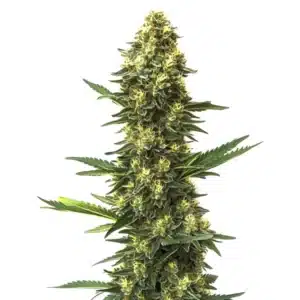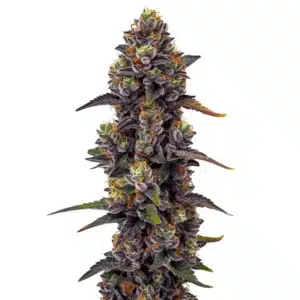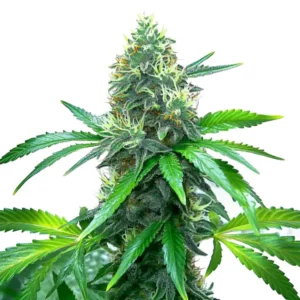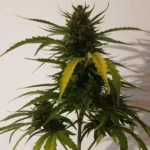
Cannabis Red Roots: A Guide for Growers
Red roots in cannabis plants can be a curious phenomenon. Normally, healthy cannabis roots are a vibrant white color, which is why red discolorations can be so noticeable. But are they a bad sign? Not always. The key is to observe the specific color and condition of the roots. If the roots are a bright, vivid red color and appear healthy and shiny, it is likely a natural genetic trait and no cause for concern. However, if the roots are turning a dull brown or dark color, it is a clear sign that they are either drying out or beginning to rot, which requires immediate attention.
It’s essential to monitor the health of your cannabis roots, as healthy roots generally mean a healthy plant. Let’s look at what makes cannabis roots turn red and how you can manage this in your garden.
Recommended Strains
Afghan Kush
|
|
THC | 16% - 21% (Medium) |
|
|
Type | Feminized |
|
|
Yield | Medium |
|
|
Phenotype | 90% Indica / 10% Sativa |
Afghan Kush Regular
|
|
THC | 18% - 22% (Medium) |
|
|
Type | Regular |
|
|
Yield | Low |
|
|
Phenotype | 90% Indica / 10% Sativa |
Causes of Cannabis Red Roots
Several factors can cause cannabis red roots. One possibility is genetic variation. Some strains naturally develop red roots. Environmental factors can also play a role, as can nutrient deficiencies. By knowing what triggers red roots, growers can make informed decisions about strain selection and cultivation techniques.
Genetic Factors
Genetics can significantly influence the color of cannabis roots. Some strains are predisposed to developing red roots due to their unique genetic makeup and higher production of anthocyanins (pigments that cause red coloring). Strains like OG Kush might exhibit this. These pigments are harmless and can even enhance the visual appeal of the plant.
Environmental Impact
Environmental conditions can also cause red roots. Specifically, soil that is too acidic can cause the roots to take on these reddish or purple tones. Factors such as temperature and humidity also play a significant role. For instance, if the temperature drops too low, it can stress the plant and potentially turn roots red. Regularly testing and adjusting the growing environment can prevent these issues.
Promos & Deals
Nutrient Deficiency and Cannabis Red Roots
Nutrient deficiency is another common cause. When plants lack essential nutrients like phosphorus or potassium, they may exhibit changes in root color as a stress response. Red roots caused by nutrient deficiency often appear alongside other symptoms like yellowing leaves or stunted growth. To address this, start by adjusting your nutrient regimen, perhaps using a soil test kit to determine the specific nutrients lacking.
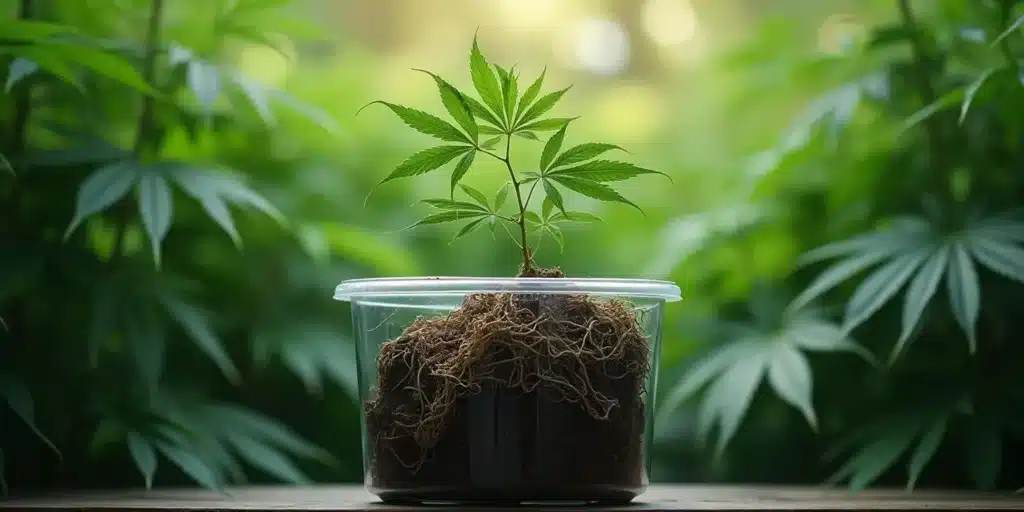
Red Root Cannabis Strain Effects
While red roots can indicate a problem, they can also point to a unique strain characteristic. Exploring the effects of red root strains can reveal unique flavor profiles and potency levels, often influenced by the specific terpenes and cannabinoids present.
- Medicinal Benefits: Some strains with red roots are known for their higher anthocyanin content, which may have antioxidant properties. Strains like Blue Dream are reputed for their calming effects, which can be beneficial for stress relief.
- Recreational Effects: Strains with red roots may offer a unique flavor profile or a more potent high. Some users report that strains like OG Kush with red roots provide a more intense experience.

FAQs about Cannabis Red Roots
What causes red roots in cannabis plants?
Red roots can result from genetic factors, environmental conditions (like low temperatures or acidic soil), or nutrient deficiencies (particularly phosphorus or potassium).
Are red roots in cannabis a bad sign?
Not always. If the roots are a vibrant, bright red and look healthy, it’s likely a natural genetic trait. If they are accompanied by other symptoms like yellowing leaves, or if the color is dull brown or dark, it indicates a problem like root rot.
How can I prevent red roots in my cannabis plants?
Preventing unwanted red roots involves maintaining optimal growing conditions. This starts with your water: always aim to set the pH of your irrigation water to 6.0 and ensure the water temperature is around 18°C (65°F) to promote optimal root health and nutrient uptake. This includes controlling temperature, humidity, and pH levels in the medium. Choosing strains known for their stability can also result in fewer issues.
Do red roots affect the potency of cannabis?
Red roots themselves do not directly affect potency. However, the conditions causing them, such as nutrient deficiencies, can impact overall plant health and yield, which may indirectly affect potency.
What strains are known for having red roots?
Some strains are more likely to develop red roots due to their genetics. Strains like Blue Dream, OG Kush, and Blackberry Moonrocks are known for this trait.


